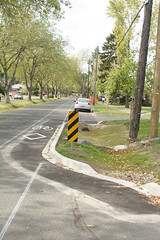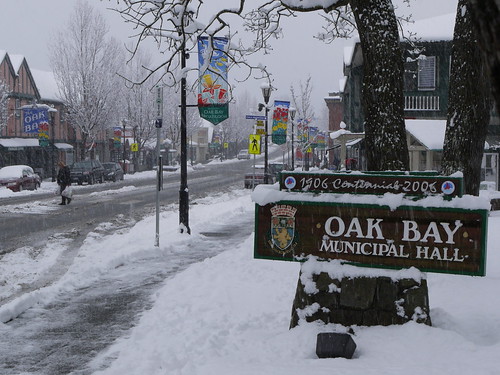Cities in Canada get a rough ride. They get less than their other OECD-brethren and are expected to do more. Toronto even pays for welfare cases, courtesy of Mike Harris and his “Common Sense” revolution. Given we have an election campaign running, the Council for Canadian Urbanism (Conseil d’ Urbanisme Canadien en francais) released their 10 point “call-to-action” today:
1) A progressive and influential National Urban Policy, that recognizes the critical role of the success of cities in Canada’s future.
2) A National Housing Policy that addresses the acute and growing need for affordable housing.
3) A National Transportation Policy that particularly addresses the need to expand active, cost-effective and sustainable forms of transportation, such as transit, rail, walking, and biking.
4) Effective Federal programs that will make us a world leader in combating climate change. There is a need to align the above three national policies in achieving this goal.
5) A national dialogue involving the Federal Government, Provinces and Cities on the development of new sustainable, long-term funding and legislative tools for urban resiliency.
6) Future Federal funding and stimulus programs focused on spending that supports urban resiliency and “smart growth” (i.e. complete and compact communities, expanded transit and rail, renewing aging urban infrastructure, enhancing cultural and civic amenities, etc), rather than on “shovel-ready projects”. A corresponding de-prioritization of, or halt to, stimulus funding that promotes auto-dependency and urban sprawl.
7) Tax reforms that support full-cost accounting of housing choices (which would reveal the well-researched and well-understood economic advantages of compact, walkable communities and sustainable transportation modes that require less infrastructure and lower public expense).
8 ) Federal tax incentives to promote the construction of purpose-built rental housing.
9) Reinstatement of the long-form census to enable reliable planning to better understand, and meet, future needs.
10) Electoral district reform that addresses democratic and fair representation of the population in urban areas, and recognizes the increasing urbanization of Canada.
(h/t to Price Tags)


